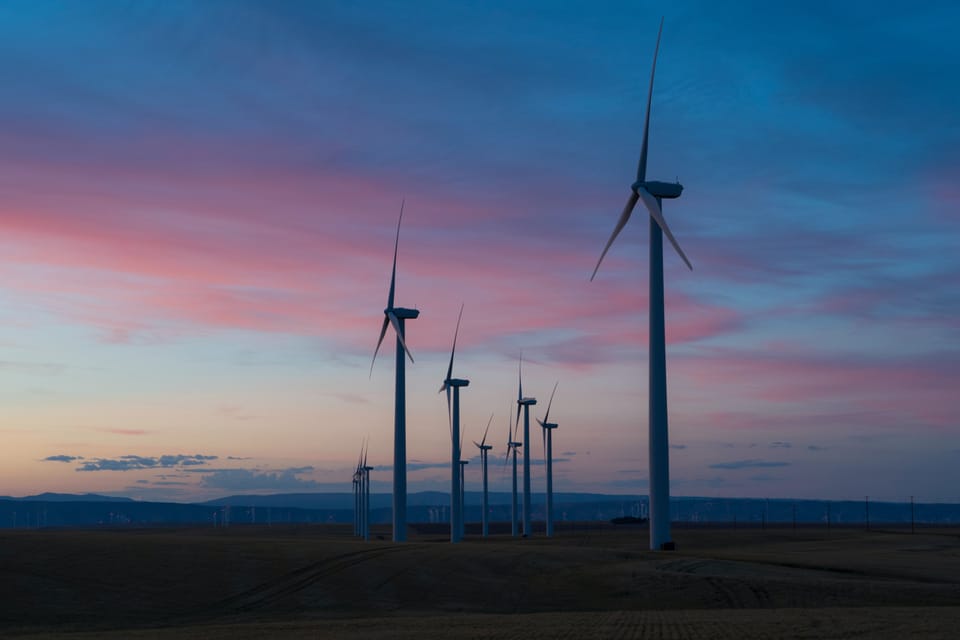European banks move away from fossil fuels post-COP28

COP28 was the first climate conference to clearly articulate the need to move away from fossil fuels, and two European banks have clearly got the message: Crédit Agricole and ING have both announced steps to phase out fossil fuel investments from their portfolios faster than planned.
Dutch bank ING says it will phase out upstream oil and gas financing by 2040, citing the decision made at COP28 as the reason for this move.
“Climate change is one of the world’s biggest challenges. The world needs energy, but still too much of that is coming from fossil fuels. Building on the progress made by world leaders at the COP28 conference and the most recent scientific insights and scenarios, we’re today announcing our next impactful actions to contribute to the acceleration of the energy transition,” said Steven van Rijswijk, the bank’s CEO.
ING financed more than US$60 billion of fossil fuel projects in the last six years. Now, it will reduce loans to upstream oil and gas activities by 35% by 2030, resulting in a 50% decrease in absolute financed emissions from these activities (scope 1, 2, and 3). By 2040, these emissions will be down to zero, according to the bank.
Meanwhile, Crédit Agricole, which provided US$89 billion of financing to the fossil fuel industry between 2016 and 2022, will no longer finance new fossil fuel extraction projects from 2024, as part of a move to cut financed emissions linked to oil and gas by 75% by 2030 (from a 2020 baseline). This represents a more than doubling of the French bank’s ambition in this area: last year, it had committed to a 30% reduction.
It will also exclude clients exclusively dedicated to oil and gas exploration and production. Most oil majors also have significant clean energy activities, so they are unlikely to be concerned by the measure, but Crédit Agricole also says it will review funding for energy companies on a case-by-case basis “according to a regularly updated assessment, taking into account their commitments in the transition”.
Tripling renewable energy finance
At the same time, these two banks have pledged to significantly increase renewable energy financing. ING aims to triple it to €7.5 billion annually by 2025, up from €2.5 billion in 2022. This is a massive step-up in ambition, since the bank’s previous goal was to increase renewables financing by 50% by 2025, from the €1.5 billion base in 2021.
Crédit Agricole is also looking to triple renewable energy financing, but by 2030, in line with the COP28 global stocktake agreement. It will also increase its corporate and investment arm’s exposure to “low-carbon energies” by 80% between 2020 and 2025, reaching €13.3bn in 2025.
If achieved, these goals could help tip the funding scale in favour of renewables, which have so far received far less bank financing than fossil fuels. In 2021, the total amount facilitated by banks globally for renewable energy projects reached US$34.6 billion – just 8% of overall energy financing. In comparison, banks provided US$669 billion of funding to fossil fuels in 2022.







Member discussion